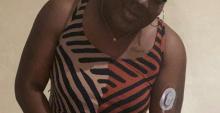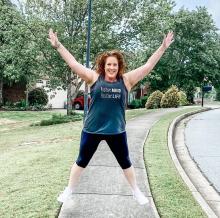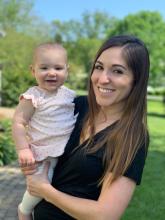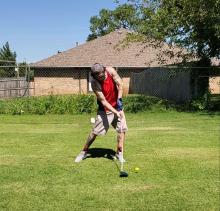
Here at the American Diabetes Association (ADA), we know that insulin is life-sustaining for people with diabetes—in fact, about seven million Americans rely on insulin to live. But what you may not know is how it’s regulated by the U.S. Food and Drug Administration (FDA)—and how that’s changing starting this week. Here’s what’s happening—and what it may mean for you, and for our fight for affordable insulin for all who need it.
First, here are some key terms you should know:


If you feel like you are developing symptoms, be sure to call your doctor.
Here are some common tips, which may vary for each person:


Marsha, from Birmingham, Alabama, was diagnosed with diabetes at age 28. This is her story:
I became very ill at the age of 28 years old.
I was rushed to the hospital. The ER doctor rushed into my room and asked if I knew that I was diabetic. I did not!!!
I had no idea what diabetes even was, but over that one-week span of being in the hospital in ICU on an insulin drip/IV, I quickly learned about a disease that would take precedence over my life.


Francesca lives with T1D in Barcelona, and she says she’s never let it hold her back. Travel is a huge part of her life, and she has traveled all over the world, from deserts to mountains and remote islands without hesitation. She says her active lifestyle has helped her, including lots of yoga, hiking and a healthy diet and amazing support from family and friends. She is sharing her story to “inspire others and let them know they are not alone.”


Connor O’Hara is a third-year graduate student in the Department of Medicinal Chemistry, School of Pharmacy at Virginia Commonwealth University (VCU). Connor didn’t let his diabetes slow him down; in fact, he uses it as inspiration for his career! Calling diabetes a foundation for his pursuit of knowledge, Connor says “let us all be compelled to help drive and support the research and innovation that will bring new therapies and cures, and even turn #Type1 into #TypeNone.”


Christel is a Los Angeles based speaker, writer, diabetes coach and diabetes advocate. She has been living with type 1 diabetes since 1997 and at an early stage decided that it wasn’t going to slow her down. Her motto is “There is Nothing You Can’t do With Diabetes”. She writes about how to be Fit With Diabetes on DiabetesStrong.com. She also coaches people with diabetes from across the globe, online and in-person, and supports them in meeting their health and fitness goals.


Natalie has been living with type 1 diabetes since she was six years old and is based in NYC. She loves to travel in order to push herself outside of her comfort zone and has been to all seven continents and 50+ countries. During the COVID-19 pandemic Natalie has been salsa dancing, learning to knit, and writing to connect with others!


Mary Van Doorn, a mother of two from Dacula, Georgia, was diagnosed with type 2 diabetes—but her diagnosis didn’t hold her back. Mary founded Sugar Mama Strong, a diabetes support group and wellness program for women. This is her story:
I was diagnosed with type 2 diabetes when I was just 21 years old, the daughter of two type 2 parents. Our genetics run deep—almost every adult on my mother's side now lives with type 2.


Julie Paradis was diagnosed with type 1 diabetes (T1D) at age 28. Though she has encountered some challenges, including navigating pregnancy, she chooses to focus on the positive.


Brent Adame lives in Midwest City, Oklahoma, and is committed to thriving despite living with type 2 diabetes. This is his story:
A couple of weeks before COVID-19 shut the economy down, I noticed my eyesight was getting blurry and my appetite was insatiable!
I continued with my lifestyle, afraid to go to the doctor. I tested my glucose levels at a friend's about a month ago and was 359 and at one point 401. I got nervous and blew it off for a week. Then I got diabetic ketoacidosis (DKA) and nearly died.

